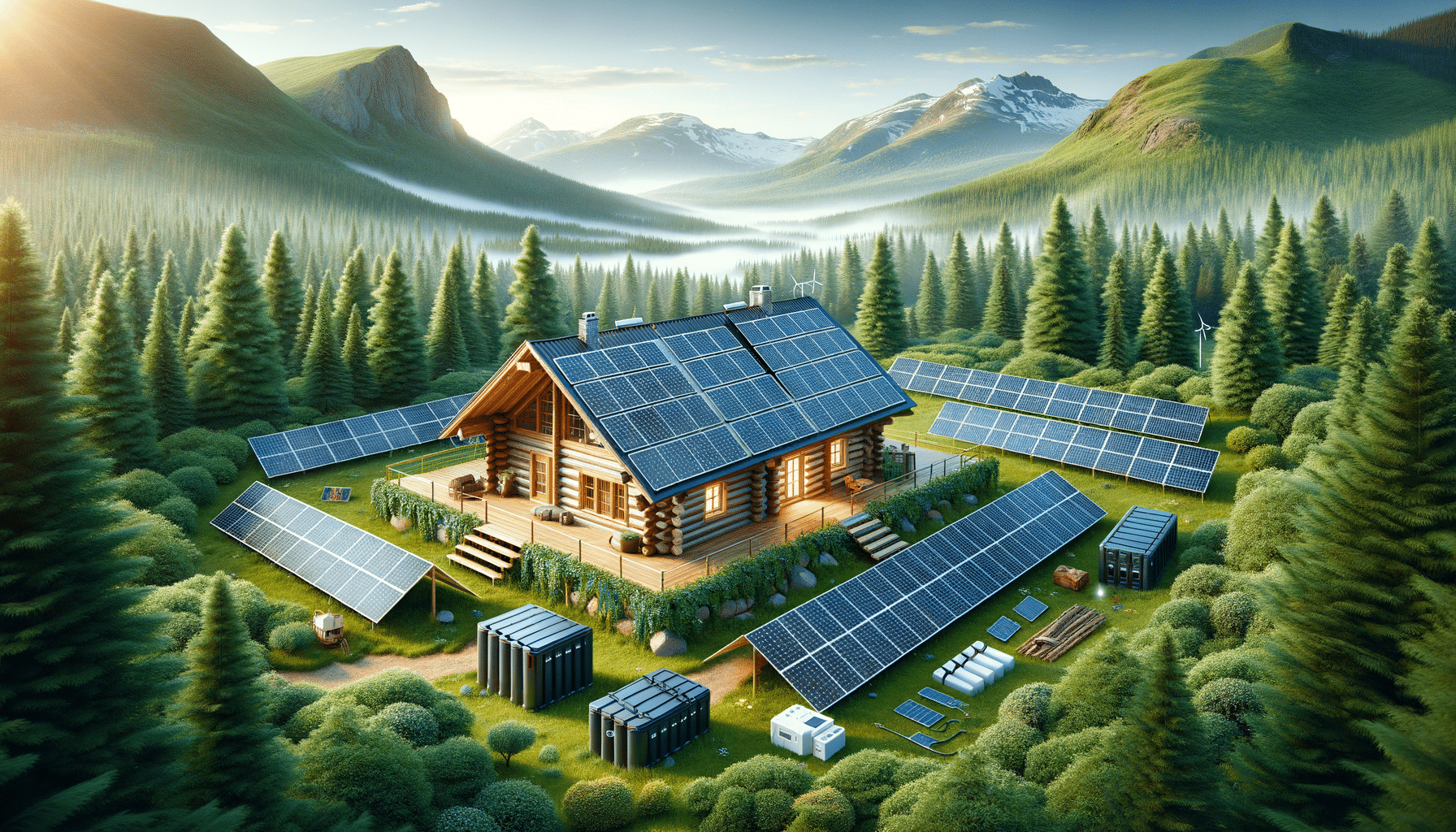
Why More People Are Turning to Off-Grid Solar Systems for Independent Power
Off-Grid Solar Panel Setup: A Path to Independence
Setting up an off-grid solar panel system is an exciting venture that offers a sense of independence and sustainability. Unlike grid-tied systems, off-grid setups require careful planning and consideration of various components to ensure consistent power supply. These systems typically consist of solar panels, charge controllers, inverters, and battery storage. The choice of components depends largely on the specific energy needs and the geographical location of the setup.
One of the key considerations in designing an off-grid solar system is the energy consumption patterns. Understanding how much energy you consume daily will help in determining the number of solar panels needed. For instance, a small cabin may only require a few panels, whereas a larger homestead might need a more extensive array. Additionally, the placement of solar panels is crucial; they should be positioned to capture the maximum amount of sunlight throughout the day.
Another essential component is the battery storage system, which stores excess energy generated during sunny days for use during cloudy periods or at night. The type and capacity of batteries chosen can significantly impact the efficiency and reliability of the system. Common battery types include lead-acid and lithium-ion, each with its advantages and considerations. Ultimately, an off-grid solar panel setup is a rewarding project that not only reduces dependency on traditional power sources but also contributes to a greener planet.
Solar Power for Remote Cabins: Embracing Nature with Technology
For those who cherish the tranquility of remote cabins, solar power offers an ideal solution to maintain modern comforts while embracing nature. Remote locations often lack access to the power grid, making solar energy a practical and sustainable alternative. With advancements in technology, solar systems have become more efficient and affordable, allowing cabin owners to harness the sun’s power with ease.
When considering solar power for a remote cabin, it’s essential to evaluate the cabin’s energy needs. This includes accounting for lighting, heating, and any appliances that will be used. Once the energy requirements are determined, the next step is selecting the right solar equipment. Portable solar kits are a popular choice for cabins due to their ease of installation and flexibility. These kits often include solar panels, an inverter, and a battery pack, providing a comprehensive solution for off-grid living.
Moreover, solar power not only supports a self-sufficient lifestyle but also enhances the cabin experience by minimizing noise and pollution compared to traditional generators. The serene environment remains undisturbed, allowing for a deeper connection with nature. Embracing solar power for remote cabins is a step towards sustainable living, proving that technology and nature can coexist harmoniously.
DIY Off-Grid Energy Systems: Empowering Self-Sufficiency
For the hands-on enthusiast, building a DIY off-grid energy system can be a fulfilling project that fosters self-sufficiency and innovation. Crafting your own system allows for customization to suit specific needs and preferences while also providing a deeper understanding of renewable energy technology. This approach is particularly appealing to those who enjoy problem-solving and have a knack for engineering.
Starting a DIY off-grid project involves several key steps. First, assess your energy requirements by listing all the devices and appliances you plan to power. This will guide the selection of solar panels and batteries. Next, gather the necessary components, which may include solar panels, charge controllers, inverters, and batteries. Many enthusiasts opt for used or refurbished components to reduce costs and promote sustainability.
Once the components are in hand, the installation process begins. This involves mounting the solar panels, connecting the electrical components, and configuring the system for optimal performance. Safety is paramount, so it’s crucial to follow all electrical codes and guidelines. Additionally, online resources, forums, and community groups offer valuable support and advice for DIY projects.
Building a DIY off-grid energy system is more than just a hobby; it’s a commitment to sustainable living and energy independence. By harnessing the power of the sun, DIYers contribute to reducing carbon footprints and promoting renewable energy solutions.


